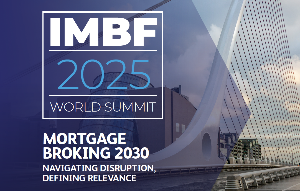
They are thought likely to show unemployment slipping to a new record low for the modern era.
This is expected to help wages pursue inflation more successfully than up until now.
It could also help cement in high interest rates for longer than the mortgage industry has experienced for several years.
Westpac senior economist Nathan Penny thinks unemployment will fall from its current 3.2% to a fresh low of 3.1%.
He says this will give households some shelter from strong economic headwinds. It will also help wages better chase the disappearing tail of inflation, with two robust measures of wage growth forecast to reach 5.5% for the year to June.
This still trails CPI growth of 7.3% but it is a significant rise from the March quarter.
ANZ economists by contrast think Westpac is underestimating the real strength of the labour market.
They are saying the jobless rate will fall from 3.2% to a far lower level: 2.8%.
“With the Australian labour market heating up significantly in recent months, the difficulty associated with finding labour seems unlikely to ease in the near term,” they wrote.
But this would not be a purely positive thing for the economy as a whole.
“For the RBNZ, good news will be bad news when looking at this week’s labour market report,” they wrote.
“Every incremental tightening in the labour market locks in more domestic inflation pressure.”
These trends would lower the bar for continuing 50 point OCR hikes to the OCR, and the bank economists were expecting 50 point rises in August, October, and November, before plateauing at 4%.
The ASB economics team is predicting a figure between those of Westpac and ANZ: 3.0%, and they too blame a very strong labour market.
“It’s not jobs, but workers who are in short supply,” they wrote.
“The labour force participation rate (70.9% of the labour force in Q3) and the employment rate (68.9% of the working age population) are expected to tick higher.”
They say all this will keep the RBNZ on its toes, with another 50 point rise in the OCR due, and possibly a 75 point rise.
This will keep pushing the OCR up to a peak of around 4%.




Comments
No comments yet.
Sign In to add your comment